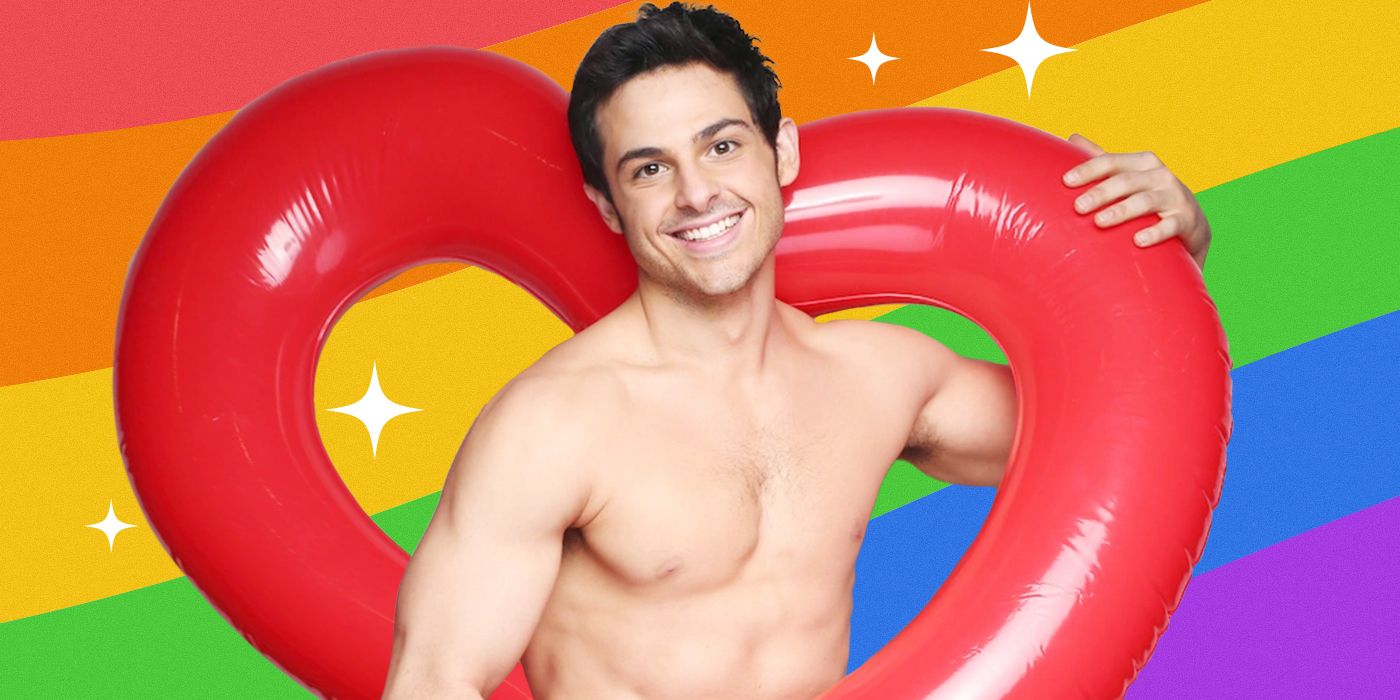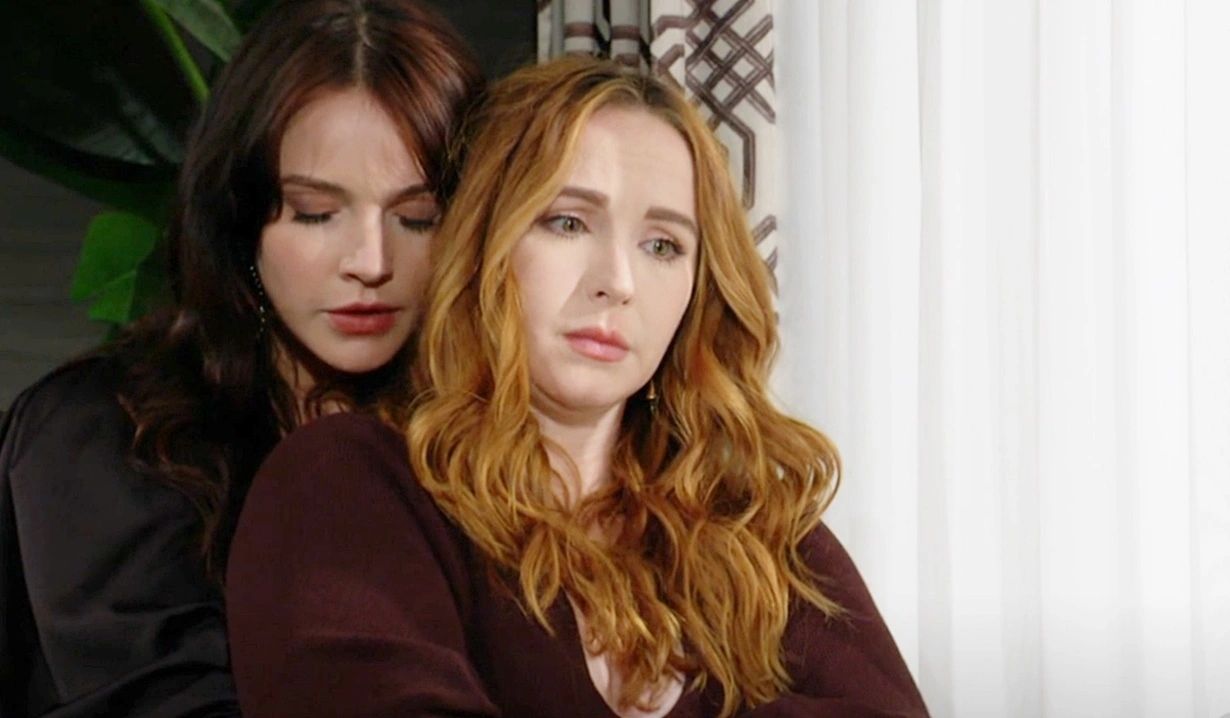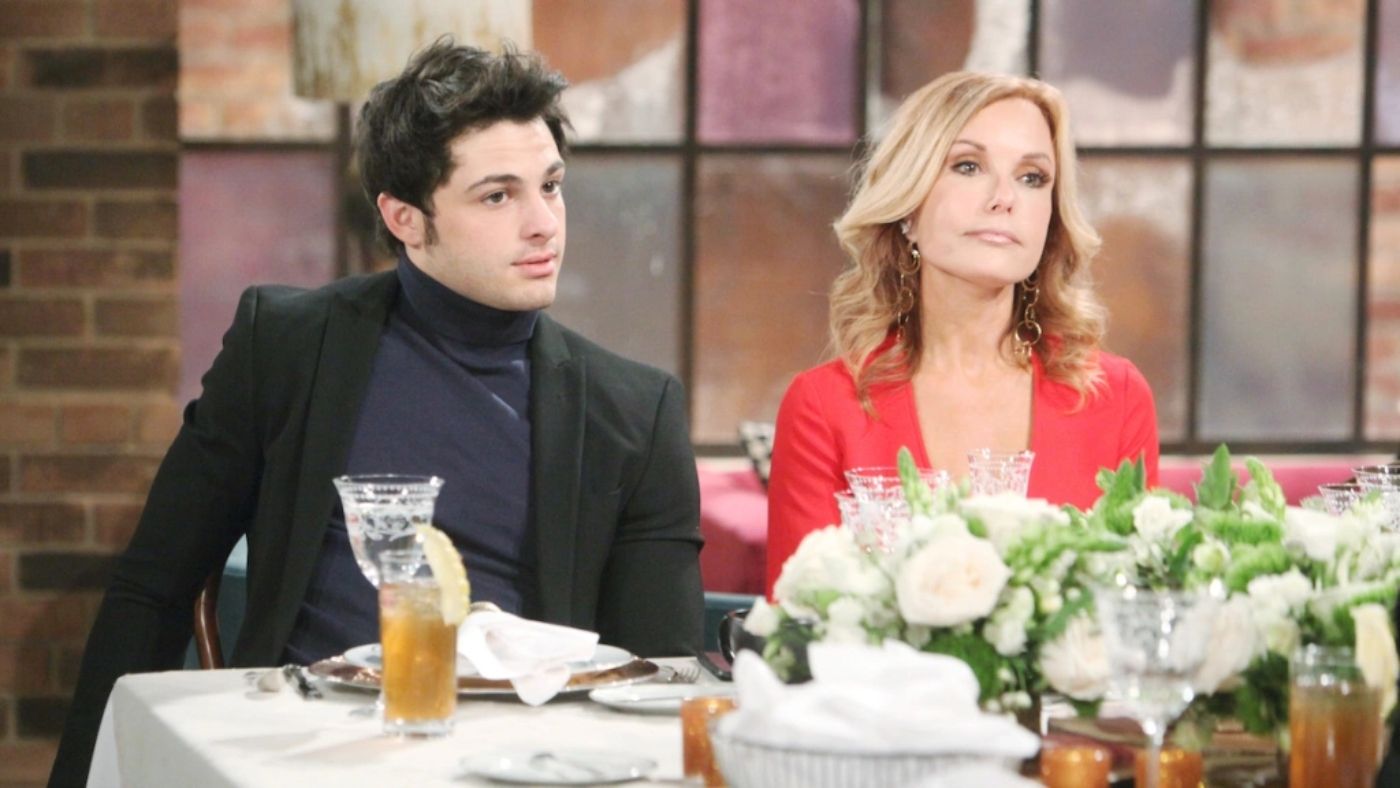As a closeted gay teen, the world of daytime soap operas meant everything to me. From an early age, any time I got a rare glimpse into the seemingly mature and adult world of an afternoon soap opera, it felt quite literally like a window into another world. (No pun intended.) And because daytime soaps are consistently mocked and derided in pop culture since their target audience is still largely stay-at-home women, consuming them in secret felt like a sordid, rebellious act. In a world where I had no shortage of people also mocking and deriding my own interests, I felt a sense of kinship with daytime soap operas: other people made fun of us, so we might as well be friends. When I was in the sixth grade, I began what would become a long love affair with The Young and the Restless.
I like to think that the soap one chooses as their own in fact chooses them: I’d consumed peeks of various daytime soap operas for years, never seeing much beyond an episode or two because I had to return to school the next day, sniffle or not. But then there’s the soap that transcends the casual glances, the one where the characters stick with you for reasons you can’t quite articulate. For me, that was Y&R. It had nothing necessarily to do with how I saw myself reflected in the characters but more so that the outlandish drama and happenings in a fictional Wisconsin city populated by glamourous vixens and worldly businessmen. (Seriously? In Wisconsin?) If it had mattered more to me at the time, I might’ve chosen a soap that hadn’t been the top-rated daytime drama in America since 1988 and one that had a diversifying range of LGBTQ+ characters. Sadly, that’s just not what Y&R is known for.
'The Young and the Restless' Finally Tried Its Hand at a Same-Sex Pairing in 2017
While easily dismissed as cheap and sordid entertainment for housewives and gay men, soap operas have a long legacy of addressing polarizing social issues that primetime TV was scared to touch before daytime did. General Hospital's Robin becoming HIV-positive, for example, or Erica having an abortion on All My Children. But daytime soaps have also been noted for their groundbreaking portrayal of queer people, particularly that of Erica’s daughter Bianca Montgomery (Eden Riegel) being a lesbian. Bianca’s lesbian story arc is said to have largely influenced the genre, eventually leading to the first gay male kiss between Luke and Noah on As the World Turns in 2007. By our current media standards, these occurrences might feel like mere needles in a haystack, but to a genre like the soap opera that even predates the advent of television, openly LGBTQ+ characters are nothing short of groundbreaking. As for Y&R, though? Crickets.
Well, not entirely crickets. After years of criticism regarding its distinct lack of queer visibility, The Young and the Restless finally tried their hand at a same-sex pairing with Mariah (Camryn Grimes) and Tessa (Cait Fairbanks), a union that began in 2017 with a noticeable amount of “will-they-won’t-they” that also generated backlash from viewers. And that’s not to say that Y&R had never featured a gay character before that point—they were just afterthoughts, not around for very long or, in one controversial plot twist, used to queerbait for ratings.
The Recent Fen Baldwin Twist Feels Performative
Whatever the case, The Young and the Restless waited far too long to address its lack of queer characters to the point where it now just appears performative and disingenuous. Case in point: a few weeks ago, in an episode dedicated to Tracey Bregman’s 40th anniversary of starring as Lauren Fenmore on the series, her son Fen Baldwin (Zach Tinker) returns to town for a visit—with a boyfriend. It’s not that fans wanted to see a brutal coming-out narrative where everyone involved, including the queer character, has to suffer in order to come alive. But for a daytime soap opera that sometimes draws ratings that primetime TV can now only dream of, it’s one with a rich history of ignoring queer characters.
So to have a character like Fen, who was previously written as straight, return home after a few years with a boyfriend with no context or explanation again feels performative. Fen’s parents, Lauren and Michael Baldwin (Christian LeBlanc), are beloved characters with little screentime, so a storyline in which Fen comes out to them as queer would have been more than welcome. It’s also worth noting that, in the years since he last appeared on Y&R, Zach Tinker took over the role of Sonny on Days of Our Lives, a soap that tackled the notion that a supercouple could be gay in the 2010s when Sonny married Will. Did The Young and the Restless think it would be easier for some daytime viewers to digest the actor jumping soaps if they also made Fen queer when he returned? Are actors playing gay characters interchangeable in the land of the soap opera, even in 2023?
It’s easy to try to justify the top-rated daytime soap’s lack of LGBTQ+ visibility by calling CBS the more culturally conservative network as they’ve come to be seen in the first half of the 21st century. But that doesn’t then explain why it was the same network’s daytime division that housed the genre’s first-ever kiss between two gay men on As the World Turns. That series was, of course, dwindling in ratings by the time Luke and Noah got together, so one could again justify the network’s compliance as a response to a lower viewership. So why has America’s top-rated daytime soap opera been so apprehensive about having regular gay characters?
It’s frustrating but somehow not surprising, given how long their infamy with queer characters has lasted. Mariah and Tessa have surely done wonders for the continued presence of queer women in the genre, given how few daytime soap operas remain on the air. But as far as the portrayal of queer men is concerned, Y&R just never seems to get there. Not to imply that one bracket of the LGBTQ+ community deserves more representation than another, but genuine visibility means genuinely writing for all types of queer characters. I just wish Fen and his boyfriend could have an actual storyline instead of a visit. In the immortal words of Miranda Priestly, “Am I reaching for the stars here? Not really.”



